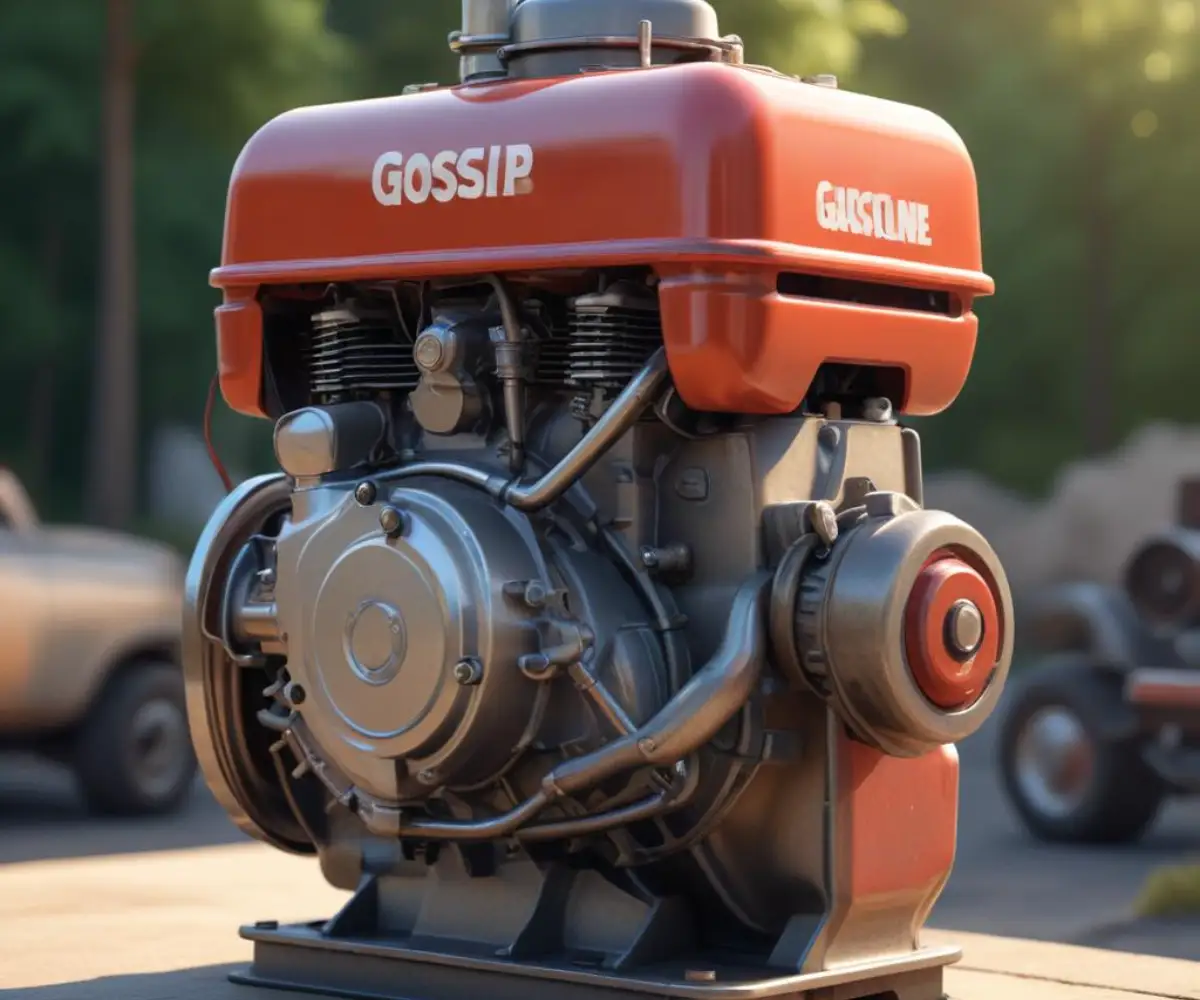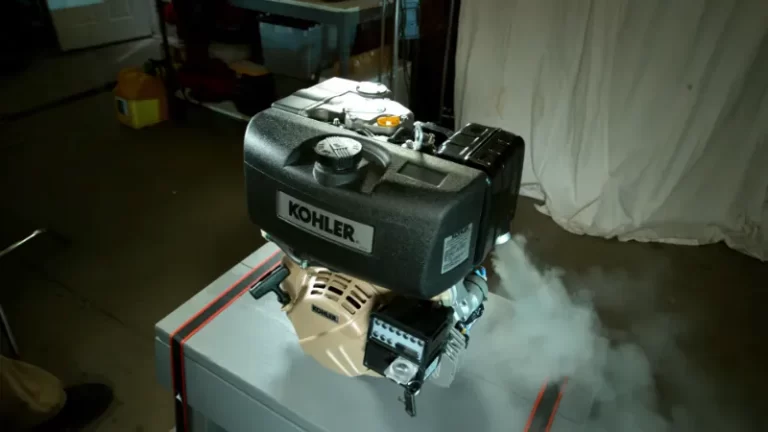Predator 212 Torque Secrets: Unlock Your Engine’s True Power
The Harbor Freight Predator 212cc engine is a favorite among DIY enthusiasts, go-kart racers, and mini-bike builders for its affordability and reliability. However, for many, the stock power output quickly becomes a limiting factor. The core problem many users face is a distinct lack of torque, especially in the low RPM range, leading to sluggish acceleration and poor hill-climbing ability.
This sluggishness can turn an exciting project into a frustrating experience. Whether your go-kart struggles to get moving or your mini-bike bogs down on inclines, the underlying issue is insufficient rotational force. This article will guide you through understanding, unlocking, and maximizing the torque of your Predator 212 engine, transforming it from a standard utility motor into a responsive powerhouse.
You'll Learn About
What is Torque and Why Does It Matter for the Predator 212?
Before diving into modifications, it’s crucial to understand what you’re trying to improve. Torque is the rotational force an engine produces, essentially its raw twisting power. It’s what gets your vehicle moving from a standstill and what powers it up hills. Horsepower, on the other hand, is the rate at which that work is done (Torque x RPM / 5252). Think of it this way: torque is the grunt, and horsepower is the speed.
A stock Predator 212 engine produces its peak torque of around 8.1 ft-lbs at a low 2500 RPM. This is designed for utility applications, not performance. Our goal is to increase this torque figure and broaden the RPM range where it’s most effective, giving you a much more responsive and powerful machine.
The Unmodified Engine: Establishing a Baseline
Out of the box, the Predator 212 is governed to operate at a maximum of approximately 3600 RPM. This is a safety and longevity feature for its intended use on equipment like pressure washers and log splitters. While reliable, this severely limits its performance potential. The stock airbox and exhaust are also highly restrictive, choking the engine and preventing it from breathing efficiently.
These limitations are the primary reasons for the feeling of “laziness” many users report. To get more power, we need to allow the engine to breathe better, process fuel more efficiently, and in more advanced stages, rev higher and safer. Any attempt to boost performance must start by addressing these fundamental restrictions.
The First Step to Power: Stage 1 Torque Upgrades
The most popular and cost-effective way to wake up your Predator 212 is with a “Stage 1” kit. This collection of bolt-on parts addresses the most significant restrictions on the stock engine and can provide a substantial 33% or more increase in torque. These upgrades work together to improve the engine’s volumetric efficiency—its ability to move the fuel-air mixture into and out of the cylinder.
A typical Stage 1 kit consists of three key components: a high-flow air filter, a less restrictive exhaust header, and a new carburetor jet. By allowing more air in and letting exhaust out more easily, the engine can burn more fuel, which directly translates to more power. This is the foundational step for any performance-oriented Predator 212 build.
Essential Stage 1 Components Explained
The high-flow air filter and adapter replace the restrictive factory airbox, allowing a much greater volume of air to enter the carburetor. The aftermarket exhaust header replaces the small, muffled stock pipe, reducing backpressure and helping the engine expel spent gases more efficiently. Just as replacing arched windows with square ones can modernize a home’s look and feel, replacing these stock parts fundamentally changes the engine’s performance profile.
However, more air requires more fuel to maintain the proper air-to-fuel ratio. This is why the kit includes a larger main jet for the carburetor. Failing to upgrade the jet will cause the engine to run “lean,” which can lead to poor performance and potentially catastrophic engine damage from overheating.
Unleashing Serious Power: Advanced Torque Modifications
While a Stage 1 kit offers impressive gains, it’s only the beginning. To build a true torque monster, you’ll need to venture inside the engine. These advanced modifications are more involved and require a greater understanding of engine mechanics, but they offer the most significant performance returns.
The central components for an advanced build include upgrading the camshaft, flywheel, and connecting rod. These parts work in concert to allow the engine to rev higher, operate more safely at those higher RPMs, and fundamentally change its power delivery characteristics. This is where you move from simple bolt-on parts to truly engineering your engine’s performance.

The Governor: To Remove or Not to Remove?
The single most dramatic change you can make is to remove the internal governor assembly. The governor physically limits the engine to 3600 RPM. Removing it allows the engine to rev much higher, often to 5500 RPM or more, unlocking a significant amount of top-end horsepower.
This modification carries a serious risk. The stock cast flywheel is not designed to spin at such high speeds and can shatter violently, sending shrapnel in all directions. An engine running without control is as dangerous as an automated gate that starts opening by itself. Therefore, if you remove the governor, it is absolutely mandatory to upgrade to a billet aluminum flywheel and connecting rod for safety and reliability.
The Camshaft: The Brains of Your Torque Curve
The camshaft controls when the intake and exhaust valves open and for how long. Changing the camshaft is one of the most effective ways to alter an engine’s torque curve. A “torque” camshaft will have a profile designed to improve cylinder filling at lower RPMs, boosting grunt off the line.
For a high-torque build, look for cams with specifications that emphasize low to mid-range power. A high-RPM “racing” cam, while great for top-end horsepower, will often sacrifice the low-end torque you need for quick acceleration. Paired with stiffer valve springs to prevent “valve float” at higher RPMs, the right cam can completely transform the engine’s character.
Putting Power to the Pavement: Drivetrain is Key
Engine modifications are only half the battle. All the torque in the world is useless if you can’t effectively transfer it to the ground. Your choice of clutch and gearing is just as critical as your choice of camshaft or carburetor.
Many builders, especially those new to the hobby, overlook the drivetrain, only to be disappointed when their heavily modified engine doesn’t perform as expected. A poorly chosen clutch or incorrect gear ratio can completely negate the gains from your engine upgrades. This section explores how to ensure your power makes it to the wheels.
Torque Converter vs. Centrifugal Clutch
For applications requiring strong low-end acceleration and hill-climbing ability, a torque converter is vastly superior to a standard centrifugal clutch. A centrifugal clutch is a simple, direct-drive system that engages around a certain RPM. It’s either on or off, with no variability.
A torque converter, on the other hand, acts as a continuously variable transmission (CVT). It can multiply torque at low speeds, providing a significant mechanical advantage for getting moving. This is especially beneficial for heavy go-karts or mini-bikes used on varied terrain. While more expensive, the performance gain in low-end grunt is undeniable.
The Power of Gearing
The final piece of the torque puzzle is your gear ratio, determined by the sprockets on your clutch and axle. A larger axle sprocket (or smaller clutch sprocket) will result in a “lower” gear ratio. This increases torque multiplication, leading to faster acceleration and better climbing ability at the expense of top speed.
Finding the right balance is key. You want a ratio that allows the engine to operate in its “sweet spot”—the RPM range where it produces the most power—for the majority of your riding. Experimenting with different sprocket sizes is a relatively cheap and easy way to fine-tune your vehicle’s performance to match your engine’s new power curve.
| Upgrade Stage | Key Components | Estimated Torque Gain | Primary Use Case | Estimated Cost |
|---|---|---|---|---|
| Stock | Standard Factory Parts | 0% | Basic Utility | $0 |
| Stage 1 | Air Filter, Exhaust Header, Carburetor Jet | ~33% | Recreational Go-Karts/Mini-Bikes | $75 – $125 |
| Stage 2 (High RPM Build) | Stage 1 + Governor Removal, Billet Flywheel & Rod, Stiffer Valve Springs | ~50% (at higher RPMs) | Racing, High-Speed Applications | $250 – $400 |
| High-Torque Build | Stage 2 + Torque Camshaft, Torque Converter, Optimized Gearing | 70%+ (focused at low-mid RPMs) | Hill Climbing, Off-Road, Heavy Loads | $400 – $600+ |
Common Mistakes to Avoid When Building for Torque
Building a high-performance engine can be a rewarding process, but several common pitfalls can lead to frustration, wasted money, and even dangerous failures. Avoiding these mistakes is crucial for a successful and reliable build.
One of the most frequent errors is focusing solely on peak horsepower numbers while ignoring the rest of the powerband. For most mini-bike and go-kart applications, a broad, usable torque curve is far more important than a high horsepower number that’s only available at an impractically high RPM.
Critical Errors in Engine Modification
Ignoring Safety Components: As mentioned, removing the governor without installing a billet flywheel and rod is the most dangerous mistake a builder can make. The cost of these parts is minor compared to the risk of catastrophic engine failure.
Mismatching Parts: Simply bolting on a collection of random performance parts will not yield good results. A high-RPM cam must be paired with springs that can handle it, and a larger carburetor needs a cylinder head that can flow enough air to justify it. A successful build is a balanced system where all components work together, and understanding how project costs align, much like figuring out the price of specialty materials for a home project, is essential.
Neglecting Tuning: Proper carburetor jetting is not a “set it and forget it” task. After every modification that affects airflow, you must check your air-fuel mixture by “reading” the color of your spark plug after a full-throttle run. A tan, coffee-like color indicates a good mixture, while white means you’re dangerously lean, and black means you’re too rich and losing power.
Conclusion: Your Path to a High-Torque Predator 212
Transforming your Predator 212 from a utility engine into a torque-rich powerhouse is an achievable goal. By following a logical progression of upgrades, you can unlock its hidden potential and create a machine that is both powerful and reliable. Start with the foundational Stage 1 modifications to address the engine’s primary breathing restrictions.
From there, you can move on to more advanced internal work, always prioritizing safety by upgrading the flywheel and connecting rod if you remove the governor. Finally, do not underestimate the immense impact of the drivetrain. Pairing your powerful engine with the right torque converter and gearing is the final step to translating your hard work into thrilling, ground-pounding performance.

